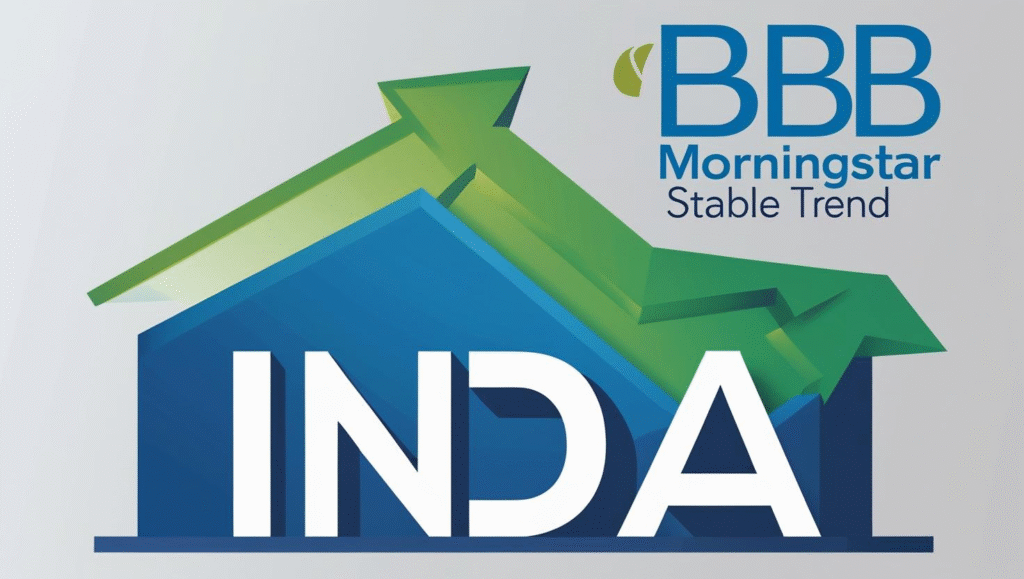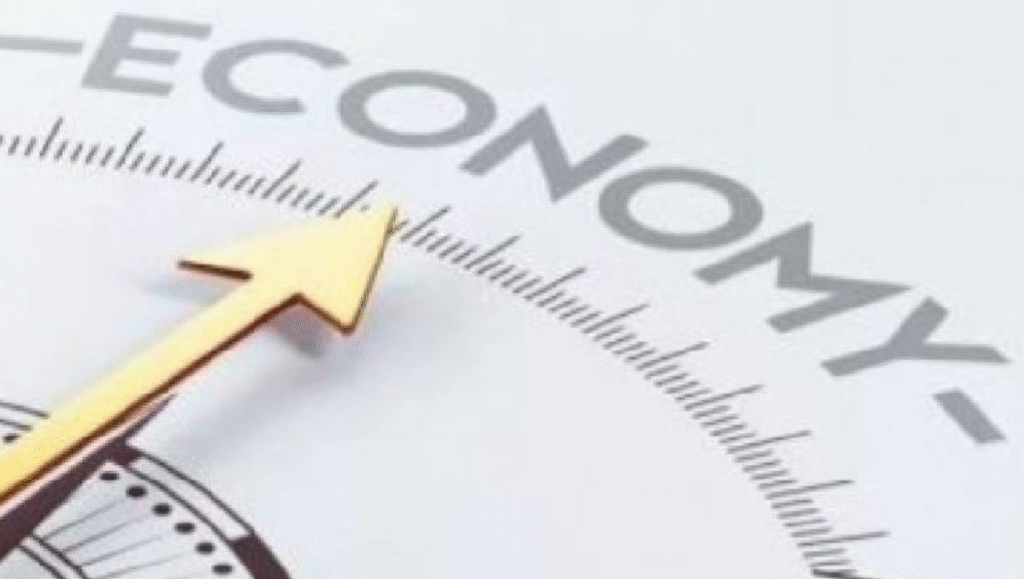
India’s economic strength and structural reforms have received international acclaim as Morningstar DBRS, a top sovereign credit rating agency, upgraded India’s Long-Term Foreign and Local Currency Issuer Ratings to BBB (low) from BBB with a ‘Stable’ trend on May 9, 2025.
The agency also upgraded India’s Short-Term Foreign and Local Currency Issuer Ratings to R-2 (high) from R-2 (middle), reflecting faith in India’s USD 3.5 trillion economy, which has achieved an average GDP growth of 8.2% from FY22-25.
Though this upgrade, catalyzed by infrastructure investments, digitalization, and fiscal consolidation, sets India for a USD 3 billion credit market in 2030, there continue to be challenges such as the high public debt and MSME integration that need continued reforms to realize additional potential.
Finance Ministry welcomed the upgrade as a reflection of India’s strong policy environment, with Morningstar DBRS’s rating scale being in sync with that of Fitch and S&P, where BBB stands for investment-grade, which indicates satisfactory credit quality in spite of economic frailties.
Key drivers are huge infra expenses under PM Gati Shakti, digitalization through the Jan Dhan-Aadhaar-Mobile (JAM) trinity, and fiscal prudence, taking the public debt-to-GDP ratio to 80.2% in FY25 from the pandemic high of 83%, according to a 2024 report by the Ministry of Finance.
The ministry’s statement emphasized macroeconomic stability, with inflation within the RBI’s 4% (±2%) band, a stable rupee exchange rate, and a sound external balance, supported by USD 644.4 billion in forex reserves, per a 2024 Economic Times report.
India’s financial system, a key driver of the upgrade, has displayed impressive resilience. Non-performing loans (NPLs) fell to a 13-year low of 2.5% of total loans, while banks are sitting on high capital adequacy ratios, as per a 2024 CII report.
Reforms such as the Insolvency and Bankruptcy Code (IBC) and recapitalization measures have improved financial robustness, allowing banks to facilitate India’s growth, which the IMF estimates at 6.2% for FY25.
Digitalization, with 80% financial inclusion through JAM and a 300% rise in Unified Payments Interface (UPI) transactions post-2020, has formalized the economy, increasing tax compliance by 25%, according to a 2024 SIDBI report.
The upgrade indicates India’s capacity to ride out global headwinds, such as U.S. tariffs and a downgraded global growth projection of 2.8%, according to a 2024 IMF report. India’s low dependence on trade, where exports of goods to the U.S. account for less than 20% of GDP, and robust domestic savings, fueled by supportive demography, are the foundations of its growth potential, according to Morningstar DBRS. The agency said it could continue to upgrade if India is able to maintain reforms to increase rates of investment and lower the debt-to-GDP ratio below 56.1% by FY26, as estimated by the Finance Ministry.

Government policies accelerate growth. The Production-Linked Incentive scheme, with ₹50,000 crore, assists MSMEs, accounting for 30% of GDP. PM Gati Shakti reduces logistics cost by 20%, increasing infrastructure efficiency.
The Open Network for Digital Commerce (ONDC) enhances MSME compliance, generating 25% more tax collections. Skill India’s 2 million skilled laborers, although just 5% conversant with financial tech according to Nasscom, support digital reforms. The Public Financial Management System (PFMS) digitalizes expenditure, minimizing leakages by 30%, according to a 2024 CGA report.
Challenges persist. The public debt as a percentage of GDP at 80.2% is still high, central government debt standing at 57.5% in FY24, according to a 2024 Finance Ministry report. MSMEs, which are crucial to 40% of GDP, have compliance burdens of ₹1–2 lakh per month from complicated digital systems.
Skill shortages in Tier 2 cities and infrastructural problems, such as unstable power, slow tech uptake, affecting 20% of regional units. Delays in financial automation due to regulations (4–6 years compared to China’s 2 years) and low ONDC uptake, with a mere 15% of MSMEs registered, are brakes on the journey. Global trade wars, with 30% of India’s exports affected, increase the pressure, as per a 2024 UNCTAD report.
Experts offer suggestions. Subsidies under Technology Upgradation Scheme can relax MSME expenses. Scaling up Skill India’s digital education can fill the gaps.
Improving 5G and power dependability through PM Gati Shakti will simplify processes. Public-private partnerships with IITs can create affordable financial tech. CII-sponsored campaigns can increase ONDC usage and reform awareness.
Morningstar DBRS’s improvement to BBB with a Stable trend reflects India’s economic rise. With continuing reforms, India can ride the high growth, robust banks, and digital capability to attract foreign investment, opening the way for a USD 7 trillion economy by 2030. Conquering debt, skill, and infrastructure hurdles will be key to maintaining this momentum towards a Viksit Bharat.
